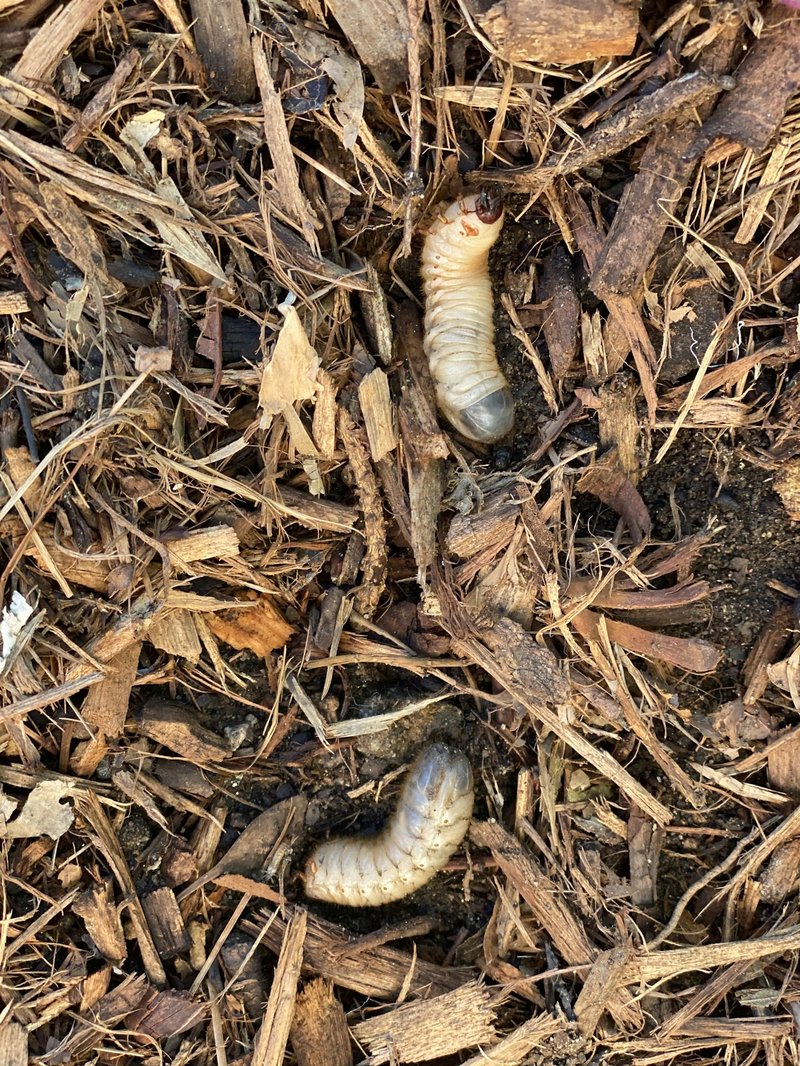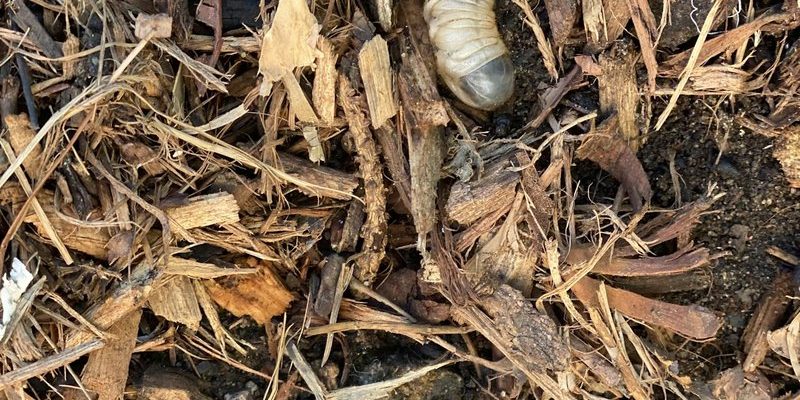
So, what exactly is Milky Spore? Think of it as a friendly neighborhood protector for your lawn. It targets and eliminates grubs without harming other beneficial insects or plants. It’s like having a superhero in your soil, working quietly to keep those pesky pests at bay. If you’re curious about how to use Milky Spore effectively for long-term grub control, you’ve come to the right spot. Let’s dive into this natural method of pest control that will not only save your lawn but also make your gardening efforts more sustainable.
What Is Milky Spore and How Does It Work?
Milky Spore is a powdered form of the bacterium *Bacillus popilliae*, which is known for its ability to infect and kill the larvae (grubs) of Japanese beetles. When these hungry grubs consume the Milky Spore, the bacteria multiply inside them, leading to their demise—think of it like a slow-acting poison that’s safe for the environment.
Once Milky Spore is in the soil, it can stay active for many years, even decades. This makes it an excellent long-term solution for grub control. Basically, you’re setting up a biological defense system in your garden that continually works to keep those grubs in check. Here’s the thing: using Milky Spore doesn’t mean you’ll see immediate results. It takes some time for the bacteria to establish itself and start affecting the grub population. So, patience is key!
What makes Milky Spore even more appealing is that it’s safe for pets, humans, and other wildlife. Unlike harsh chemical pesticides, this natural approach doesn’t pose risks to your family or furry friends. It’s a win-win!
How to Apply Milky Spore
Using Milky Spore is pretty straightforward, but there are a few steps to ensure you get it right. First, you’ll want to pick a time when the grubs are most active, typically late spring to early summer or early fall. Applying it during these times increases your chances of success significantly.
Here’s how to do it:
- Prepare your lawn: Mow your grass to a shorter height so that the spores can reach the soil more easily. This also makes it easier for you to see areas that might need extra attention.
- Mix the spore powder: If you’re using a granular form, just follow the instructions on the package. If it’s a powder, mix it according to the label guidance.
- Apply evenly: Spread the Milky Spore over your lawn, focusing on areas where you’ve noticed grub activity. You can use a broadcast spreader or simply scatter it by hand, but make sure to wear gloves.
- Water it in: After application, give your lawn a good watering. This helps the spores settle into the soil and get to work! Rainfall can also help with this.
Once you’ve applied it, remind yourself to relax; Milky Spore works its magic over time. You might not see immediate changes, but by following these steps, you’re setting the groundwork for long-term grub control.
Benefits of Using Milky Spore
There are several standout benefits to using Milky Spore for grub control. One of the biggest advantages is its environmental safety. Unlike synthetic chemicals that can leach into groundwater or harm beneficial insects, Milky Spore is a natural solution. You’re helping the ecosystem while maintaining your lawn!
Another big plus is that it offers long-lasting protection. Once applied, Milky Spore can remain effective in the soil for up to 10 years—just imagine not having to worry about grubs for that long! This saves you time, effort, and money, allowing you to focus on other gardening tasks.
Additionally, Milky Spore promotes a healthier soil ecosystem. By introducing beneficial bacteria into the soil, you enhance soil health, which can lead to better overall plant growth. Healthy soil means healthier grass, flowers, and plants—all contributing to a beautiful garden.
Common Mistakes to Avoid When Using Milky Spore
Like anything in gardening, there are some common pitfalls you’ll want to steer clear of when using Milky Spore. First, it’s crucial to apply it at the right time. If you apply it when grubs are dormant, it won’t be effective. Remember, late spring to early fall is the prime time for application.
Another mistake is not watering it in properly. Moisture helps the spores establish themselves in the soil, so a good soak after application is key. Skipping this step can result in a less effective treatment.
Lastly, make sure that you store Milky Spore correctly. Keep it in a cool, dry place and make sure to check the expiration date before application. Using old or improperly stored bacteria can mean its effectiveness is diminished.
Results and Timing: What to Expect
Okay, so you’ve applied Milky Spore, and now you’re probably wondering how long it will take to see results. Here’s the thing: results won’t happen overnight. It can take anywhere from a few weeks to several months for the bacterium to multiply and start affecting the grub population.
Over time, as the bacteria do their job, you should notice fewer grubs in your lawn. The overall health of your grass should improve too—no more brown patches or dead spots, and your lawn will be better equipped to thrive.
In the first season, don’t be alarmed if you still see some grubs. The bacteria need time to establish themselves, but once they do, you can enjoy long-term grub control with minimal effort.
Alternatives to Milky Spore
If you’re not sold on Milky Spore, there are alternatives for grub control. Some gardeners use nematodes, tiny microscopic worms that prey on grubs. They work in a similar way to Milky Spore but require different application techniques. Keep in mind that nematodes are sensitive to heat, so timing and conditions are crucial.
Another option is using beneficial insects like parasitic wasps, which lay their eggs in or on grubs. This natural method can help keep grub populations down, but similar to Milky Spore, it takes time to see results.
Finally, cultural practices like proper lawn care—mowing, watering, and aeration—can all contribute to a lawn that’s less hospitable to grubs. A healthy lawn can withstand a few grubs without major damage, so don’t underestimate the power of good lawn maintenance!
Final Thoughts on Milky Spore for Grub Control
Using Milky Spore for long-term grub control is a smart, eco-friendly method for maintaining a healthy lawn. It’s a natural solution that, when applied correctly, can save you from the hassle of grubs for years to come. While it may require a bit of patience upfront, the results are well worth it. Imagine stepping onto a lush, green lawn, knowing that you’ve taken proactive steps to keep it that way.
So next time you’re faced with those pesky grubs, consider giving Milky Spore a try. You’ll be doing your lawn—and the environment—a favor. Happy gardening!

